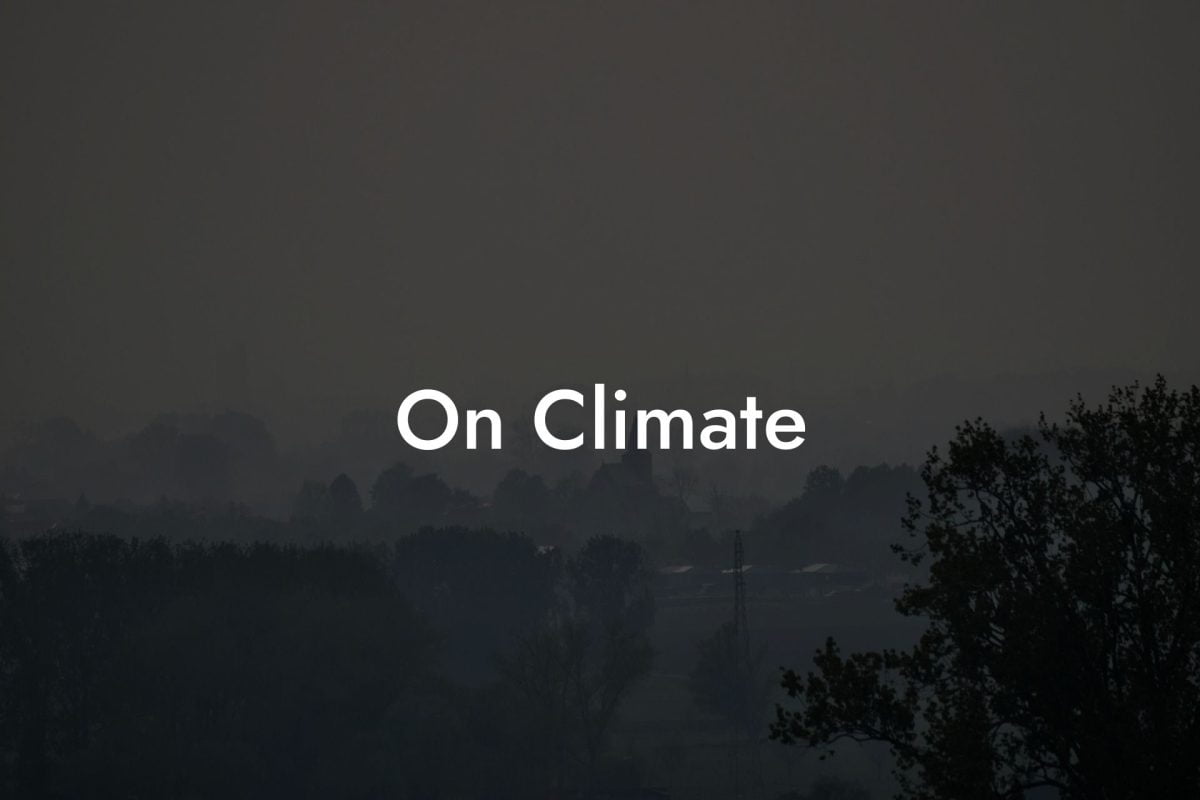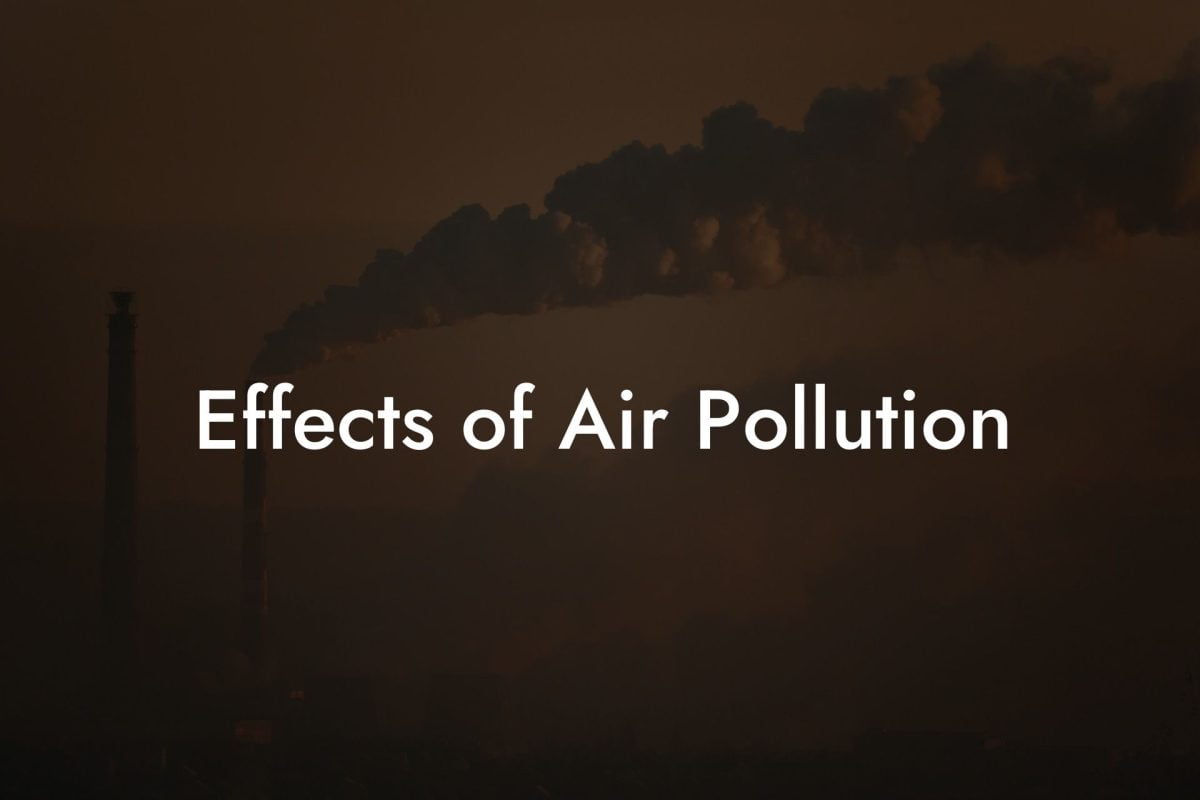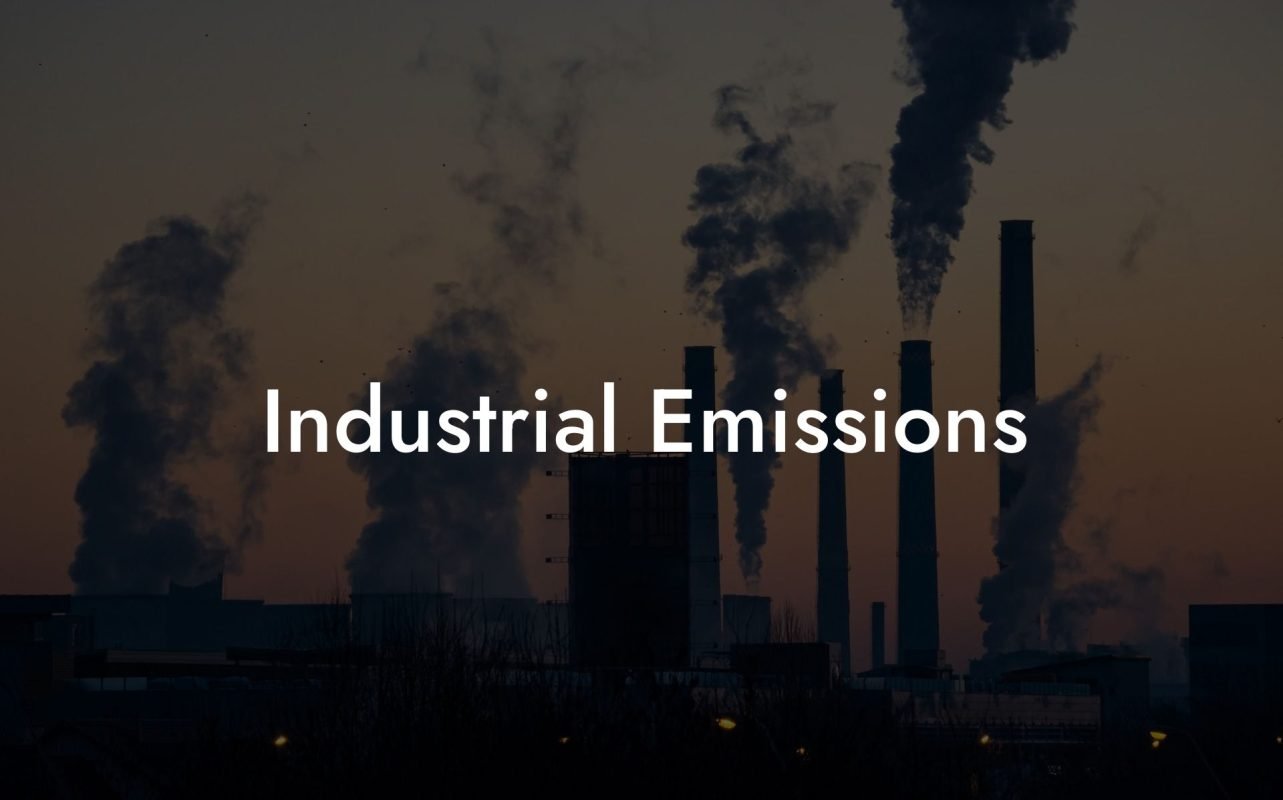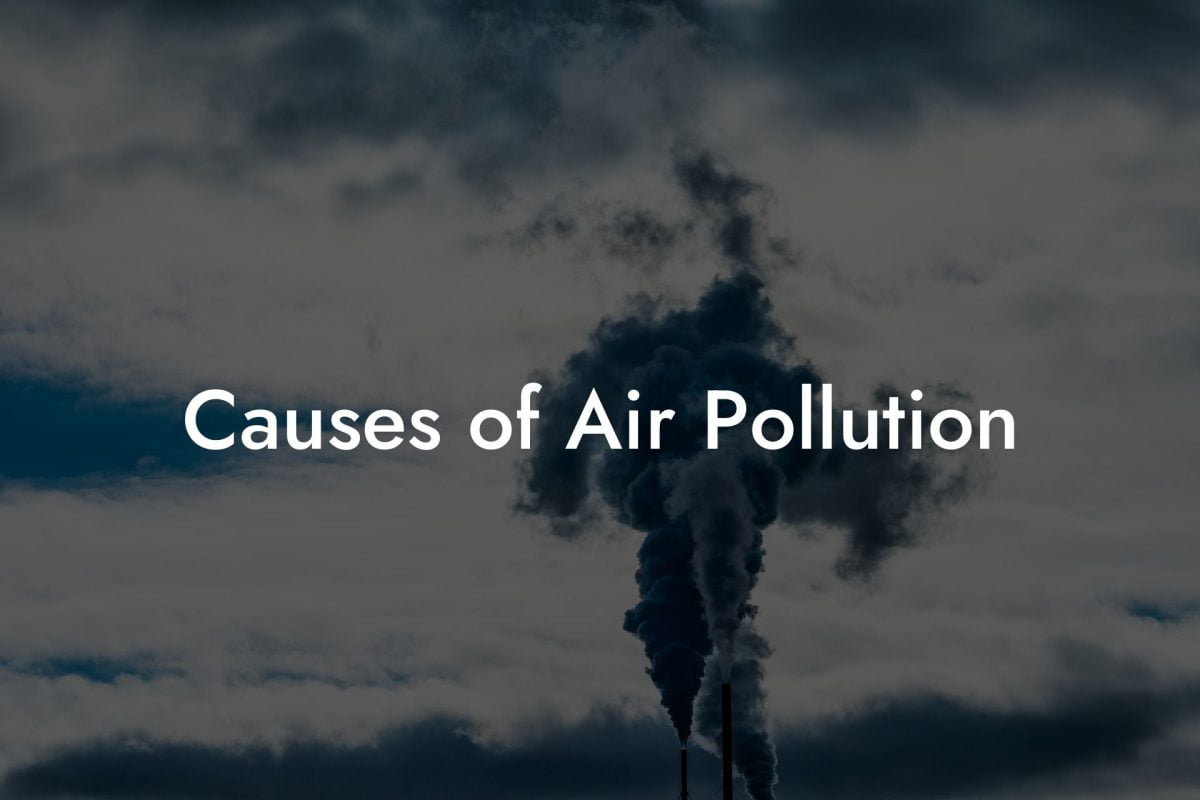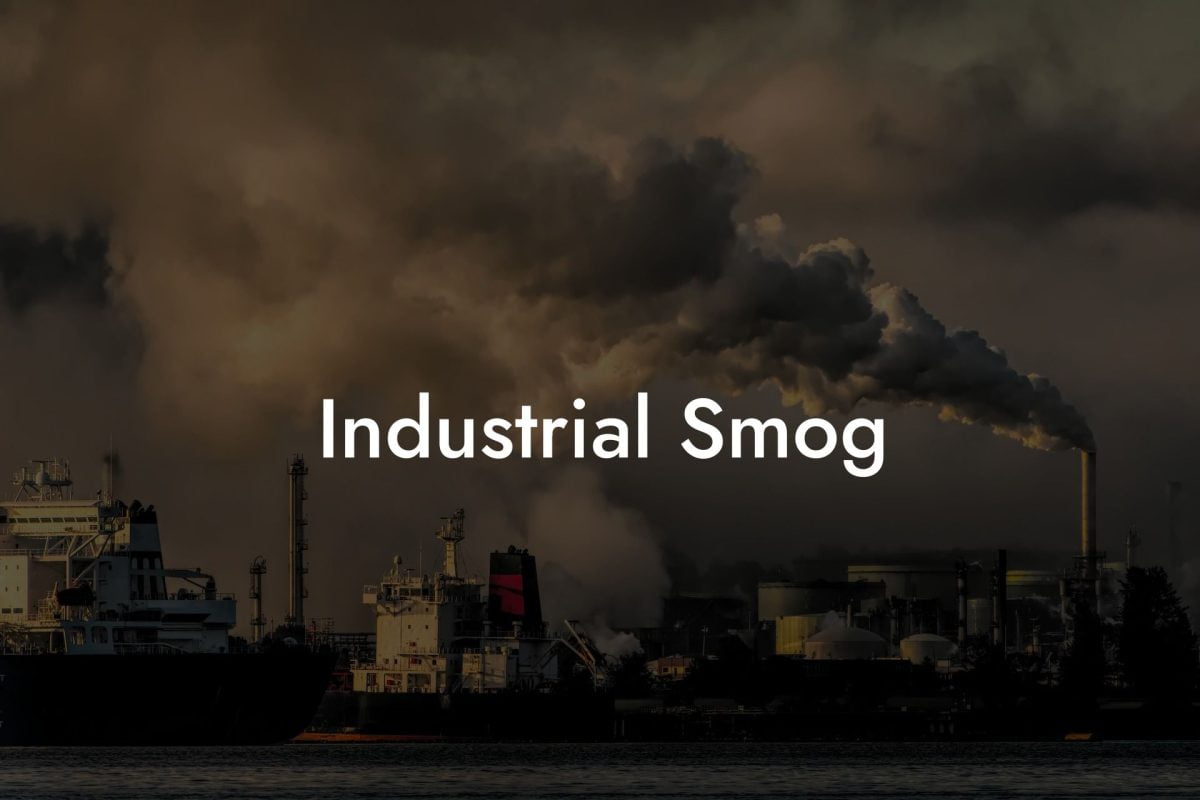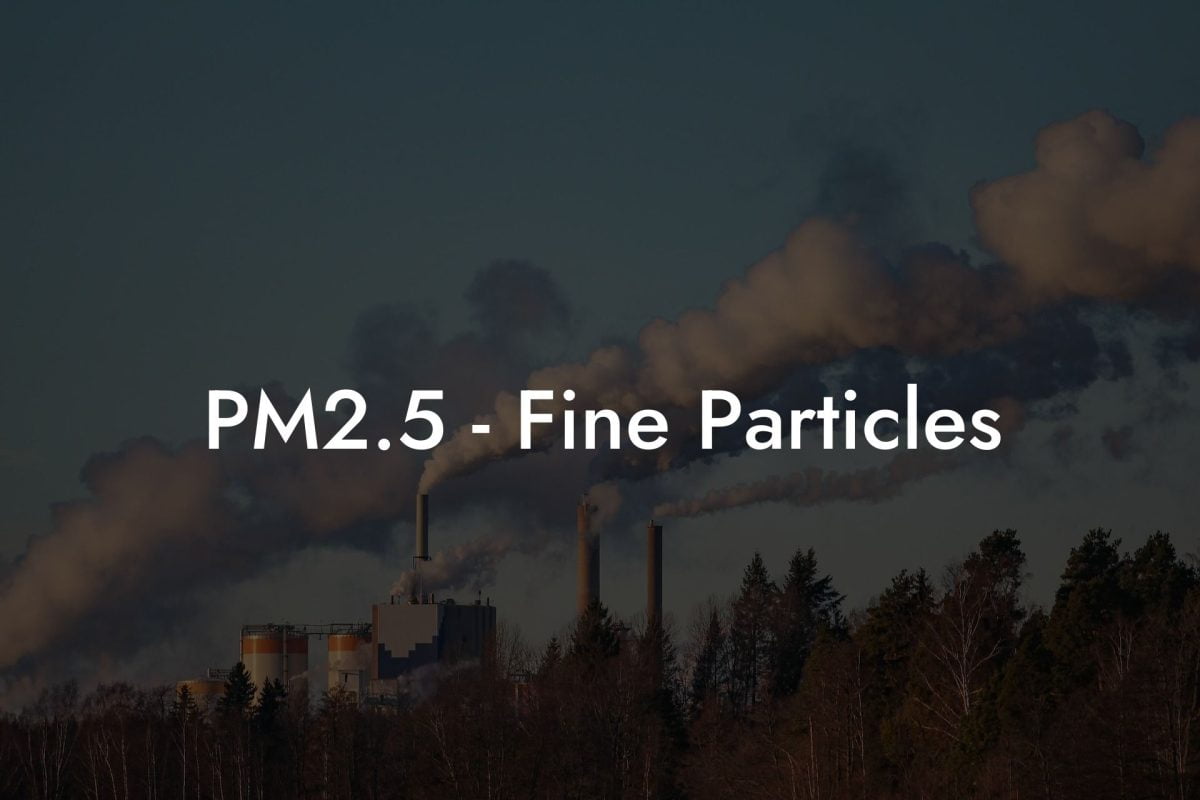Introduction to Ground-Level Ozone
Ground-level ozone, often referred to as "bad" ozone, is a harmful air pollutant and a significant component of urban smog. Unlike the protective ozone layer in the stratosphere, ground-level ozone poses serious risks to public health and the environment.
Formation of Ground-Level Ozone
Ground-level ozone is not emitted directly into the air but is created by chemical reactions between oxides of nitrogen (NOx) and volatile organic compounds (VOCs) in the presence of sunlight.
Sources of Ground-Level Ozone Precursors
Vehicle Emissions
Emissions from cars, trucks, and buses are major sources of NOx and VOCs, which contribute to ozone formation.
Industrial Emissions
Factories and power plants also emit large amounts of NOx and VOCs.
Natural Sources
Some VOCs are emitted by natural sources, such as trees and other vegetation.
Health Impacts of Ground-Level Ozone
Respiratory Problems
Exposure to ground-level ozone can cause respiratory issues, aggravate asthma, and lead to lung diseases.
Vulnerability of Sensitive Groups
Children, elderly people, and individuals with pre-existing lung diseases are particularly susceptible to the health effects of ozone.
Environmental Effects
Damage to Vegetation
Ground-level ozone can harm sensitive vegetation and ecosystems, including forests and crops, impacting plant health and growth.
Contribution to Climate Change
Ozone is a greenhouse gas and contributes to climate warming, albeit less significantly than CO2 or methane.
Monitoring Ground-Level Ozone
Networks of monitoring stations across the UK measure ozone concentrations to assess air quality and provide data for public health advisories.
Satellite Monitoring
Satellites also play a role in monitoring ozone levels, offering a broader view of its distribution and trends.
Regulatory Standards and Policies
The UK, along with other countries, has set regulatory standards for ozone concentrations to protect public health and the environment.
Policy Measures
Policies aimed at reducing NOx and VOC emissions are crucial in managing ground-level ozone levels.
Challenges in Managing Ground-Level Ozone
Urbanization and Traffic
Increasing urbanization and traffic contribute to higher emissions of ozone precursors.
Climate Change
Rising temperatures due to climate change can exacerbate ozone formation.
Transboundary Pollution
Ozone pollution can travel long distances, making it a challenge that requires international cooperation.
Ground-Level Ozone in the UK
Current Trends
The UK has seen varying levels of ground-level ozone, with certain areas, particularly urban regions, experiencing higher concentrations.
Efforts and Achievements
The UK has implemented various measures to control emissions of NOx and VOCs, contributing to a gradual improvement in ozone levels.
UK Air Pollution: Your Comprehensive Resource for Ozone Data
In-Depth Ozone Information
UK Air Pollution offers extensive data on ground-level ozone across the UK, making it an invaluable tool for environmental health professionals, researchers, and policy-makers.
Why Choose UK Air Pollution?
Our platform provides detailed, up-to-date, and accessible information on ozone, enhancing understanding and facilitating informed decisions for air quality management.
Advancing Environmental Health and Policy
With UK Air Pollution, gain comprehensive insights into ground-level ozone, supporting your initiatives in improving air quality and public health across the UK.
Frequently Asked Questions
What is Ground-Level Ozone?
Ground-level ozone is a harmful air pollutant formed when pollutants emitted by cars, power plants, chemical plants, and other sources react chemically in the presence of sunlight.
How Does Ground-Level Ozone Differ from Stratospheric Ozone?
While stratospheric ozone forms a layer that protects the Earth from harmful ultraviolet rays, ground-level ozone is an air pollutant that can harm humans and the environment.
What Are the Primary Sources of Ground-Level Ozone?
The primary sources are emissions of nitrogen oxides (NOx) and volatile organic compounds (VOCs), which come from vehicles, industrial facilities, power plants, and chemical solvents.
Why is Ground-Level Ozone a Concern?
Ground-level ozone is a concern because it can cause health problems like respiratory issues, aggravate asthma, reduce lung function, and increase susceptibility to respiratory infections.
How is Ground-Level Ozone Formed?
Ground-level ozone is formed when NOx and VOCs react in the atmosphere in the presence of sunlight, especially during warmer months.
What are the Health Effects of Ground-Level Ozone Exposure?
Exposure to ground-level ozone can lead to coughing, throat irritation, pain, burning, or discomfort in the chest when taking a deep breath, and worsening of asthma symptoms.
How Does Ground-Level Ozone Affect People with Asthma?
Ground-level ozone can trigger asthma attacks, worsen symptoms, and make the lungs more susceptible to infection.
Can Ground-Level Ozone Impact Outdoor Activities?
Yes, high levels of ground-level ozone can affect outdoor activities, especially during the summer. It's advisable to limit strenuous outdoor activities when ozone levels are high.
How Does Weather Affect Ground-Level Ozone Formation?
Sunny, hot, and calm weather conditions can lead to higher levels of ground-level ozone, whereas cloudy and cool weather can reduce its formation.
What Time of Day is Ground-Level Ozone the Highest?
Ground-level ozone levels are typically highest during the afternoon and early evening hours on hot sunny days.
How Can Individuals Protect Themselves from Ground-Level Ozone?
Individuals can protect themselves by staying indoors during times of high ozone levels, using air conditioning, and avoiding strenuous outdoor activities.
What is the Air Quality Index (AQI) and How Does it Relate to Ozone?
The AQI is a system for reporting daily air quality. It includes ground-level ozone levels to inform the public about how polluted the air is and associated health concerns.
How Do Cars Contribute to Ground-Level Ozone?
Cars contribute to ground-level ozone by emitting NOx and VOCs, which are precursors to ozone formation.
What Measures Can Be Taken to Reduce Ground-Level Ozone?
Reducing ground-level ozone involves decreasing emissions of NOx and VOCs, which can be achieved through cleaner transportation options, stricter industrial regulations, and using eco-friendly products.
How Does Ground-Level Ozone Affect Children and the Elderly?
Children and the elderly are more susceptible to the effects of ozone due to their developing or weakened respiratory systems, and can experience more severe health effects.
What Are the Long-Term Effects of Ground-Level Ozone Exposure?
Long-term exposure to ground-level ozone can lead to chronic respiratory diseases, such as asthma, and can reduce lung function over time.
Can Ground-Level Ozone Affect Indoor Air Quality?
Ground-level ozone can affect indoor air quality if outdoor air containing ozone enters buildings, although indoor levels are usually lower than outdoor levels.
How Do Plants React to Ground-Level Ozone?
Exposure to ground-level ozone
can damage vegetation, affecting the health of forests and crops. It can lead to reduced agricultural yields and harm sensitive vegetation.
What Role Does Public Policy Play in Controlling Ground-Level Ozone?
Public policy plays a crucial role in controlling ground-level ozone through regulations on emissions from vehicles, power plants, and industries, as well as promoting public awareness.
How Can Communities Help Reduce Ground-Level Ozone?
Communities can help by advocating for clean energy, using public transportation, carpooling, reducing energy use, and supporting local regulations aimed at reducing air pollution.
What Are the Economic Impacts of Ground-Level Ozone Pollution?
Economic impacts include increased healthcare costs due to ozone-related health issues, loss of agricultural productivity, and the cost of implementing measures to reduce ozone formation.
How Can Ground-Level Ozone Levels Be Monitored?
Ground-level ozone levels can be monitored using ozone monitoring stations, which measure the concentration of ozone in the air, and through satellite observations.
What is the Impact of Ground-Level Ozone on Climate Change?
Ground-level ozone is a greenhouse gas and contributes to climate change. Its formation process also releases other pollutants that can affect the climate.
How Do Industrial Activities Influence Ground-Level Ozone Levels?
Industrial activities contribute to ground-level ozone by emitting large amounts of NOx and VOCs, which are precursors to ozone formation.
Can Reducing Ground-Level Ozone Improve Public Health?
Yes, reducing ground-level ozone levels can significantly improve public health by decreasing the incidence of respiratory problems and other ozone-related health issues.
What Future Innovations Are Expected in Managing Ground-Level Ozone?
Future innovations may include more efficient emission control technologies, enhanced air quality monitoring systems, and increased use of renewable energy sources to reduce ozone precursors.



